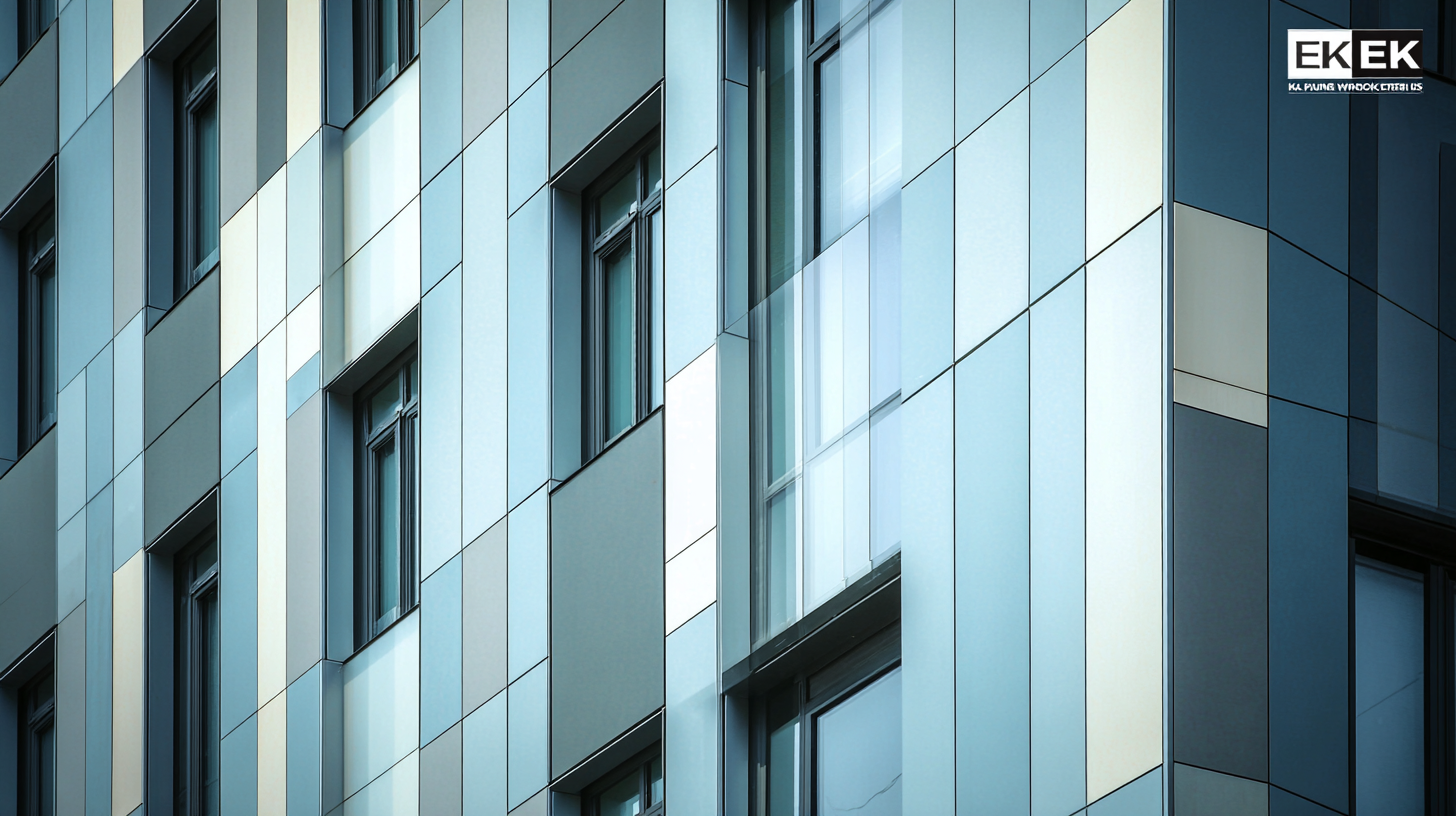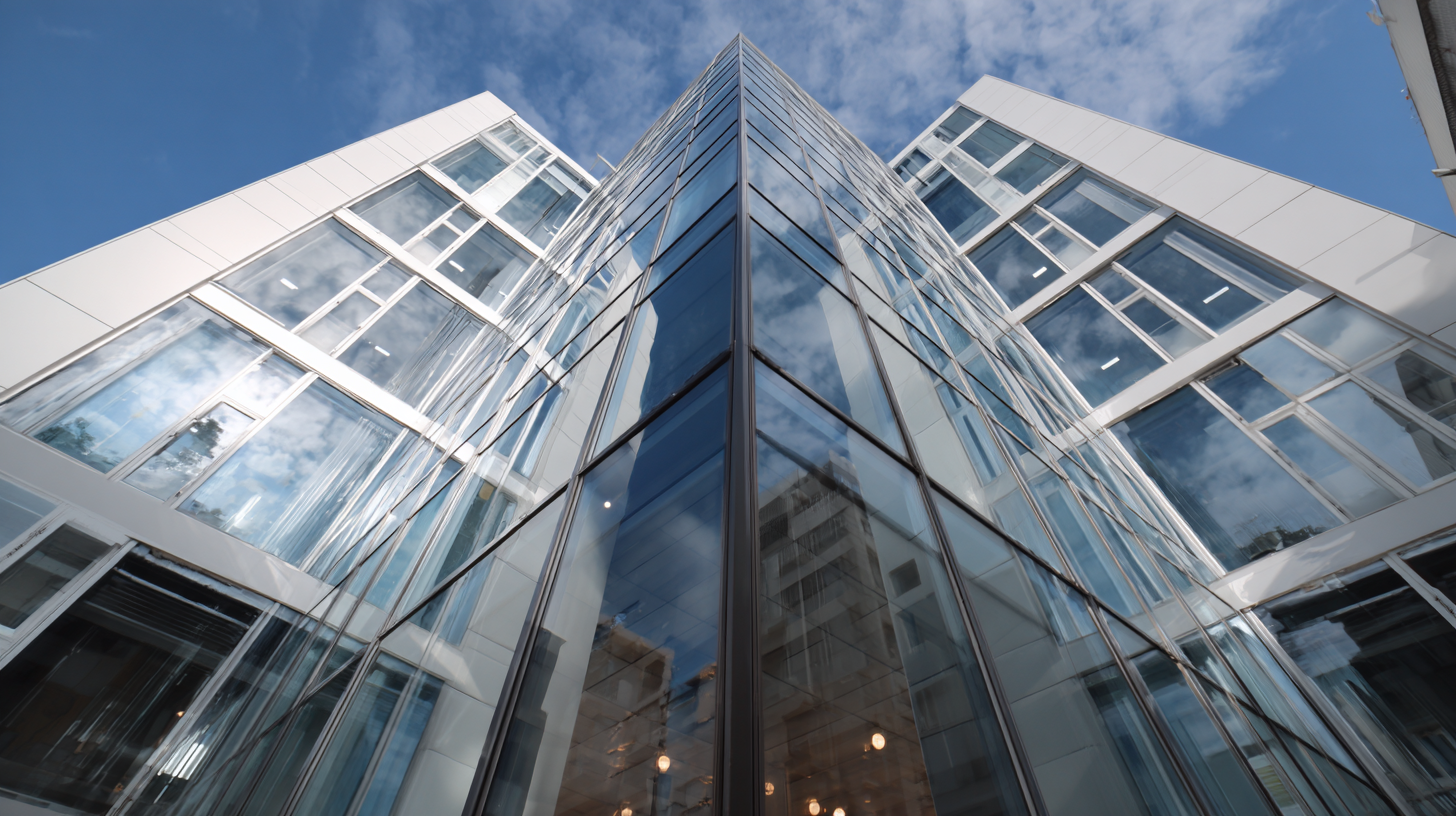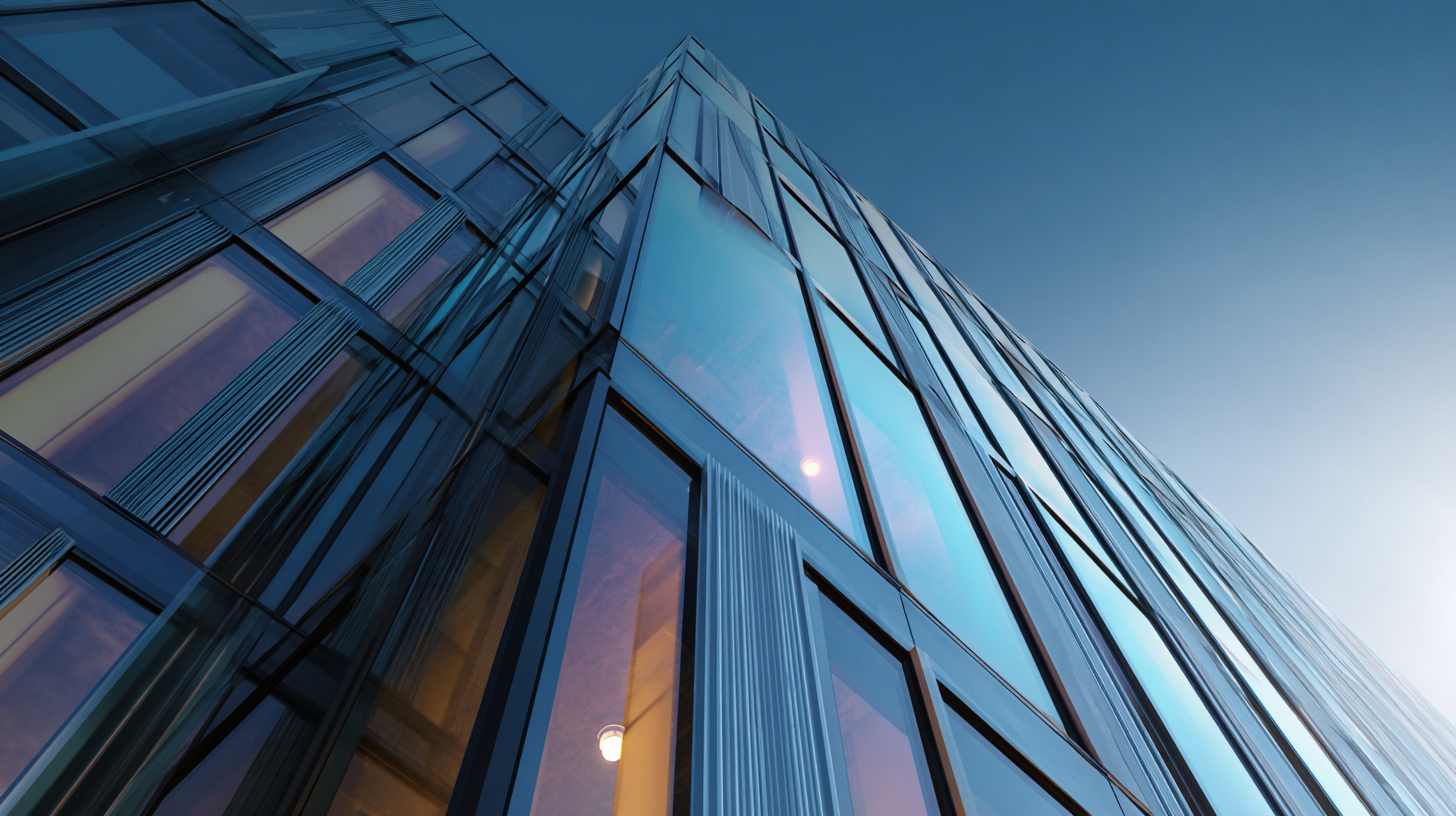As the construction industry continues to evolve, the demand for high-quality materials such as Facade Aluminium Profiles is surging. According to a report by MarketsandMarkets, the global market for aluminium profiles is projected to reach USD 70.9 billion by 2025, driven by increasing urbanization and a growing emphasis on sustainable building practices. Facade Aluminium Profiles, known for their durability, lightweight nature, and aesthetic flexibility, play a pivotal role in modern architectural designs. To navigate this burgeoning market effectively, it is essential to adopt top strategies for selecting the best manufacturers who can provide innovative solutions tailored to specific project requirements. This expert guide will delve into the latest industry trends leading up to 2025 and outline the key factors in choosing the right partnerships for successful facade systems that not only enhance building aesthetics but also improve energy efficiency and sustainability.

As we move towards 2025, the facade aluminium profiles industry is witnessing a significant transformation driven by emerging technologies. According to a report from Market Insights Reports, the global facade aluminium profiles market is expected to grow at a CAGR of 6.2% from 2023 to 2028, reflecting the increasing demand for energy-efficient and sustainable construction materials. Innovations such as modular aluminium systems and integrated insulation technologies are becoming pivotal, enhancing not only the aesthetic appeal of buildings but also their thermal performance.

New advancements in fabrication techniques, like 3D printing and automated extrusion processes, are streamlining production and reducing waste, aligning with the industry's shift towards sustainability. Additionally, the integration of smart technologies into facade solutions, including energy management systems and responsive materials that adapt to environmental conditions, is anticipated to redefine building designs. The 2024 Global Aluminium Conference highlights these trends, emphasizing the role of research and development in fostering innovative facade solutions that meet both functional and regulatory demands in modern architecture. As these technologies continue to evolve, they promise to offer architects and builders more versatile options, enabling unprecedented design freedom and performance efficiency.
Facade aluminium profiles play a crucial role in modern construction, offering both aesthetic appeal and practical advantages. The advanced design of these profiles ensures not only the durability of the building facade but also enhances thermal insulation and energy efficiency. With their lightweight nature, aluminium profiles contribute to easier installation processes and greater design flexibility, making them an ideal choice for architects and builders aiming for innovative structures.
When selecting facade aluminium profiles, it is vital to consider factors such as corrosion resistance and structural integrity. Quality profiles enhance the longevity of a building while reducing maintenance costs over time. Additionally, look for manufacturers that offer customization options, allowing for tailored solutions that meet specific architectural requirements. This ensures that the facade not only fits perfectly with the overall design but also performs optimally under varying environmental conditions.
Tips for selecting the right facade aluminium profiles include researching manufacturers’ reputations and seeking out client testimonials to gauge satisfaction. Ensure that the profiles meet local building codes and standards for safety and sustainability. Finally, consider engaging with manufacturers who provide comprehensive after-sales support, as this can be crucial for a successful installation and long-term performance of the façade.
When selecting top manufacturers for aluminium facade solutions, several key factors play a crucial role in ensuring the success of your project. Firstly, the manufacturer's reputation and experience in the industry are paramount. According to a report from the Aluminium Association, companies with over 20 years of experience tend to showcase superior product quality and reliability. This experience often translates into a better understanding of market trends and customer needs, which is critical when aiming to meet today's design and sustainability standards.
Another significant factor is the manufacturer's technology and innovation capabilities. As the demand for energy-efficient solutions rises, companies investing in advanced manufacturing technology are more likely to produce high-performance facade profiles. A recent study by Grand View Research indicates that the global aluminium facade market is expected to grow at a CAGR of 5.6% from 2021 to 2028, highlighting the importance of selecting manufacturers that leverage cutting-edge technology to optimize their product offerings. This ensures that the aluminium profiles not only meet structural requirements but also enhance energy efficiency and aesthetic appeal, aligning with modern architectural demands.

In the ever-evolving world of architecture, sustainability has become a pivotal focus, especially in aluminium facade design. Modern design standards not only demand aesthetic appeal but also environmental responsibility. With regulatory frameworks pushing for eco-friendly materials, aluminium stands out due to its recyclable properties. However, navigating the balance between sustainability and cost can be challenging for manufacturers and designers alike.
**Tip 1:** When selecting aluminium profiles, prioritize those that utilize recycled materials. This choice not only reduces the overall carbon footprint but can also enhance the reputation of your project as environmentally conscious.
The aesthetic possibilities of aluminium facades are vast, yet the challenge lies in integrating sustainable practices without compromising on design. Emerging trends like the use of modular facades or biophilic design, which incorporates natural elements, can help bridge this gap.
**Tip 2:** Collaborate with manufacturers who are committed to sustainable practices and can provide certifications that prove the environmental impact of their products. Building a network of reliable suppliers can streamline the design process and ensure that sustainability goals are met.
| Manufacturer Type | Sustainability Certification | Aluminium Alloy Grade | Recycling Rate | Lead Time (Weeks) | Customer Rating (out of 5) |
|---|---|---|---|---|---|
| Local Manufacturer | ISO 14001 | 6063 | 90% | 6 | 4.5 |
| International Supplier | LEED Certified | 6060 | 85% | 8 | 4.7 |
| Regional Producer | FSC Certified | 6061 | 92% | 5 | 4.3 |
| Specialty Manufacturer | Cradle to Cradle | 6005 | 80% | 10 | 4.6 |
In modern architecture, facade aluminium profiles have emerged as a crucial element, not only for aesthetic purposes but also for functional performance. As per a recent industry report by Markets and Markets, the global facade market, which prominently features aluminium profiles, is projected to reach USD 220 billion by 2025, growing at a CAGR of 8.5%. This growth is heavily driven by innovative design approaches that emphasize sustainability, energy efficiency, and unique visual appeal.
Architects and designers are increasingly integrating advanced materials and manufacturing techniques to create fluid, dynamic facades. For instance, multi-layered strategies employing anodized aluminium profiles can significantly enhance thermal performance while reducing energy consumption. A study by the Aluminium Association found that incorporating these materials can improve a building’s energy efficiency rating by up to 25%. This not only reflects a commitment to sustainable practices but also responds to the growing demand for structures that adapt seamlessly to their environments and climate challenges.
Moreover, the customization available with aluminium profiles allows architects to push creative boundaries, employing intricate and bold designs. Recent projects have showcased the use of 3D printing technology combined with traditional facade systems, resulting in complex geometries that were once thought impossible. This innovative synergy between technology and design not only enhances the visual footprint of modern buildings but also opens new avenues for urban development, contributing positively to the architectural landscape.
